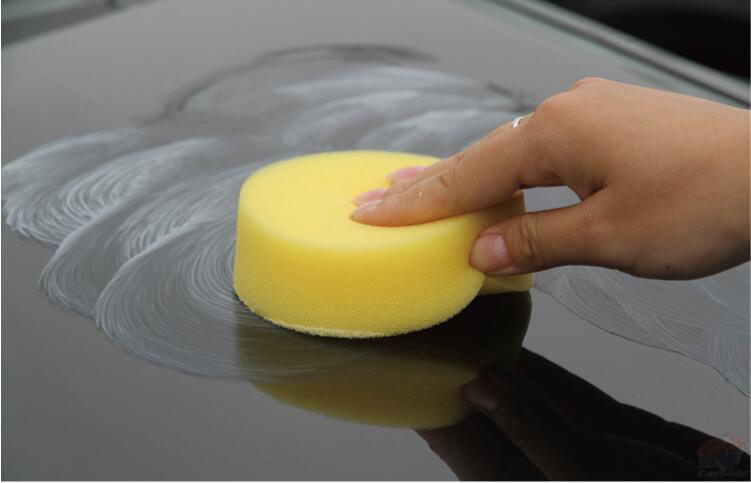FORCE OF HABIT IS A GOOD HABIT FOR AGILE
February 12, 2016
It’s  what I heard in the New York subway. “Oh I do that out of a force of habit.”
what I heard in the New York subway. “Oh I do that out of a force of habit.”
Habitual things can be bad things, especially when they turn out to be addictions. But besides that, they are usually neither bad nor good. They are what make you “you”. They are what make you good at your job, or more efficient in what you do for yourself.
You lock your bicycle when you arrive at the public library, you put your reading glasses in your left jacket pocket. You do things because they make sense and stick to it.
When it comes to Agile we want to break through the tradition. But only when this tradition is holding you back from improving. In fact we want people to create new habits. To become more efficient.
It’s how we learn to do things. The first time we need assurance. We need to test the waters and we need to get more confidence doing what we do. This is how I learned to drive a car. And I was not very quick at that. It took me a while to feel comfortable driving because there is no real margin for error.
We want that force of habit.
Old habits die hard, so that’s why we need to find a way to break with them. As I mentioned in my previous blogs, one of the habits we have from old days is to estimate work in time. Another one is to take all the time you allotted for a ceremony or meeting. More efficient is to estimate relative to all the work that needs to be done so we can actually increase our work speed without the student syndrome slowing us.
Often I am brought into a situation because organisations fail to get their Agile implementation to work. Interestingly enough, this usually doesn’t work because items are missing or misunderstood. Because old habits or preconceptions prompt organisations to omit essential Agile ceremonies or change them into inefficiency.
In my trainings I often refer to the movie “Karate kid” where the protagonist wants to learn karate and is taught how to wax the car of his sensei. Most people remember when I mention “wax on, wax off”. The sensei, Mr. Miyagi, is teaching him not about the power of strikes or stance. First he is teaching the movement to make. I compare this with the training drilling platform personnel goes through before being allowed on the platform. In dangerous situations you just want people to do what gives them the best survival opportunities.
It’s building “muscle memory”, it’s learning people to become, as Maslow taught us, unconsciously skilled. To form habits. To leave the cognitive elements of your work unhindered by the everyday tasks.
How does that make an organisation do Agile better?
Many organisations strike standard elements from Agile frameworks. Unlike traditional methodologies, frameworks like Scrum don’t have a lot of redundant ceremonies or other elements. Not doing retrospectives or standups because “they don’t work in our organisation” is one of the biggest traps a transforming organisation can step into. Do them, keep doing them and in the meantime figure out why they work.
Learn to walk before you can run, learn to run before you start competing in a marathon. Build good habits. Agile coaches can help there. The force of habit will help you do Agile in the most efficient way.

 English | EN
English | EN 